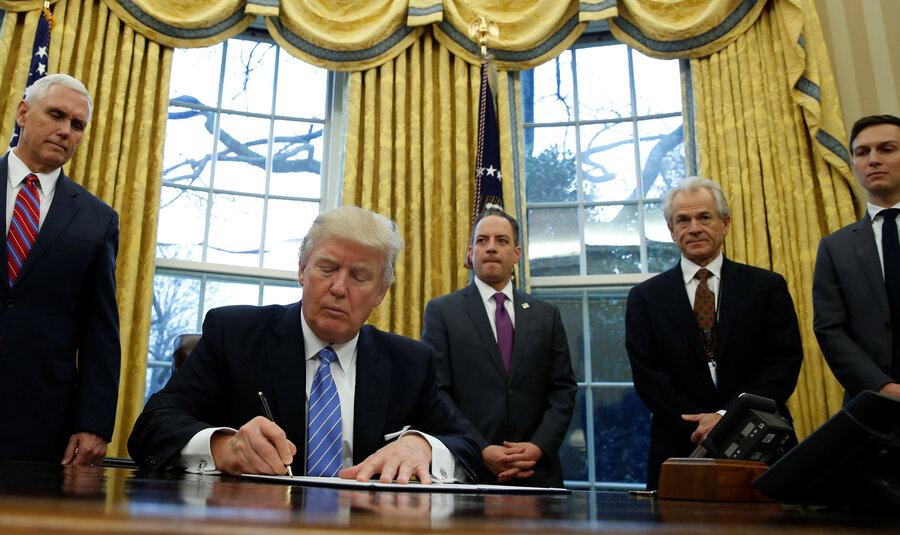ACTION
The Presidential Memorandum: Hiring Freeze aims to shrink the size of the government, excluding the military. No government position declared vacant as of Jan. 22 may be filled and no new positions may be created, “except in limited circumstances,” until the director of the Office of Management and Budget creates a long-term plan for reducing the size of the federal workforce. OMB has 90 days to come up with that plan.
ANALYSIS
This memorandum is routine and “mostly symbolic” as it speaks to President Trump’s campaign promise to control the size of the federal government, says George Edwards III, a political scientist at Texas A&M University. President George W. Bush also instituted a hiring freeze shortly after he took office in 2001, but his freeze only applied to federal agencies without an appointed head.
“There’s less there than meets the eye” because the memorandum includes a lot of exceptions, including the military, which makes up more than one-third of government employees, and other national security agencies, such as the Secret Service, Paul Light, professor of public service at New York University, tells Politico. If the freeze stays in place for only the 90 days dictated in the memorandum, there will be minimal consequences.








